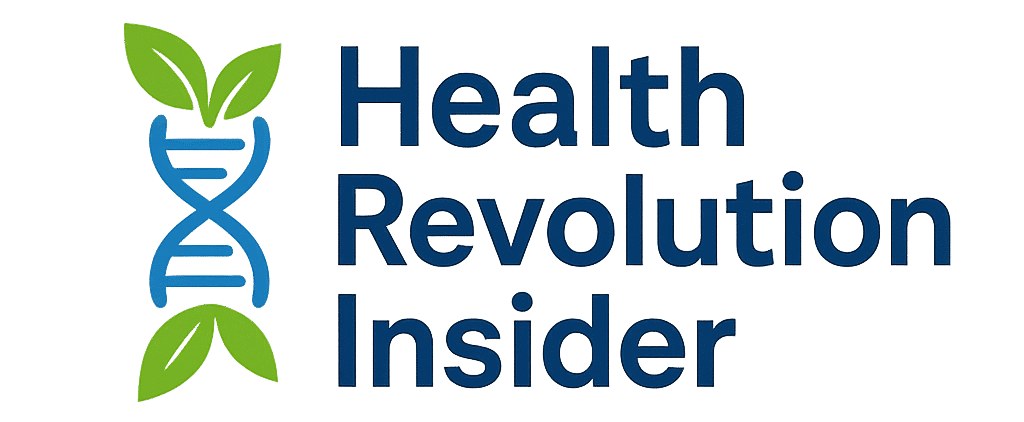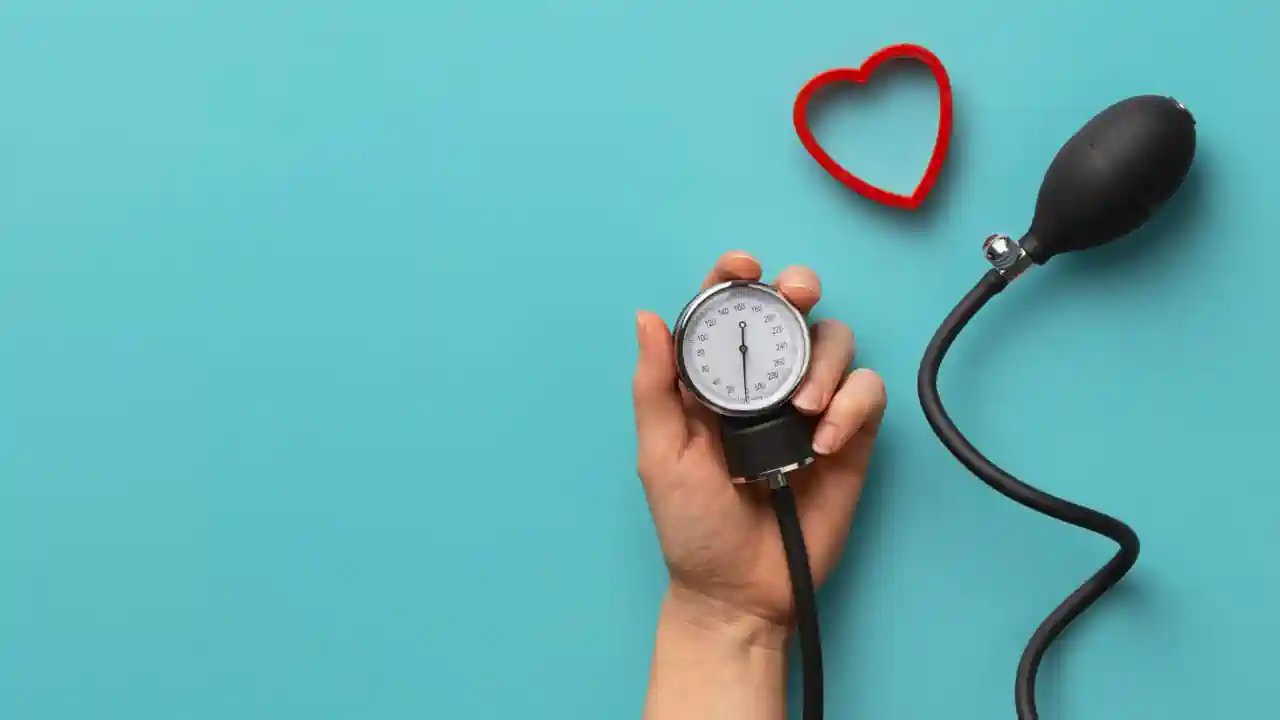High blood pressure, or hypertension, is a prevalent health concern that can lead to serious complications if left unmanaged. However, there is another side to this coin – low blood pressure, or hypotension. While not as widely discussed, low blood pressure can also pose health risks, including dizziness, fatigue, and fainting. Fortunately, your dietary choices can significantly impact your blood pressure. In this article, we will explore the foods that can help maintain or raise low blood pressure to promote better overall health.
Salt
Reducing salt intake is a common recommendation for those with high blood pressure. However, if you have low blood pressure, a slightly higher salt intake may be beneficial. Salt helps to increase blood volume, which can raise blood pressure. Be cautious, though, and don’t overdo it, as excessive salt consumption can lead to other health issues.
Beets
Beets are rich in nitrates, which can help dilate blood vessels and improve blood flow. This, in turn, may raise blood pressure in individuals with low blood pressure. Beets can be consumed in various forms, such as salads, smoothies, or roasted dishes.
Leafy Greens
Leafy greens like spinach, kale, and Swiss chard are packed with potassium, which can help balance sodium levels in the body. Maintaining a proper sodium-potassium balance is essential for regulating blood pressure, and these vegetables can assist in achieving that balance.
Oatmeal
Oatmeal is an excellent source of complex carbohydrates. It provides a steady release of energy, which can help prevent blood pressure from dropping too low. Consider starting your day with a bowl of oatmeal to maintain stable blood pressure levels throughout the morning.
Fish and Lean Proteins
Fatty fish, such as salmon and mackerel, are rich in omega-3 fatty acids, which have been linked to cardiovascular health. Lean proteins like chicken and turkey can also help maintain blood pressure, as they provide essential amino acids for overall well-being.
Water
Dehydration can contribute to low blood pressure, so it’s essential to stay adequately hydrated. Drinking enough water throughout the day can help ensure that your blood volume remains at an appropriate level to maintain steady blood pressure.
Licorice
Licorice root has been used for centuries in traditional medicine for various purposes, including increasing blood pressure. However, it should be used with caution, as excessive consumption can lead to side effects. Consult a healthcare professional before using licorice as a dietary supplement.
In addition to incorporating these foods into your diet, it’s important to remember that portion control and a balanced diet are key to managing blood pressure effectively. Furthermore, it’s advisable to consult with a healthcare provider to determine the best dietary approach for your specific situation.
A well-balanced diet that includes foods like beets, leafy greens, oats, and lean proteins can help individuals with low blood pressure maintain healthier levels. Additionally, staying hydrated and carefully managing salt intake can contribute to overall well-being. Remember that dietary choices are just one piece of the puzzle, and regular check-ups with a healthcare provider are crucial for monitoring and managing blood pressure effectively.
Sources:
- American Heart Association – Low Blood Pressure
- Mayo Clinic – Hypotension
- [Harvard Health Publishing – Beets](https://www.health.harvard.edu/heart-health/beet juice can lower blood pressure)

